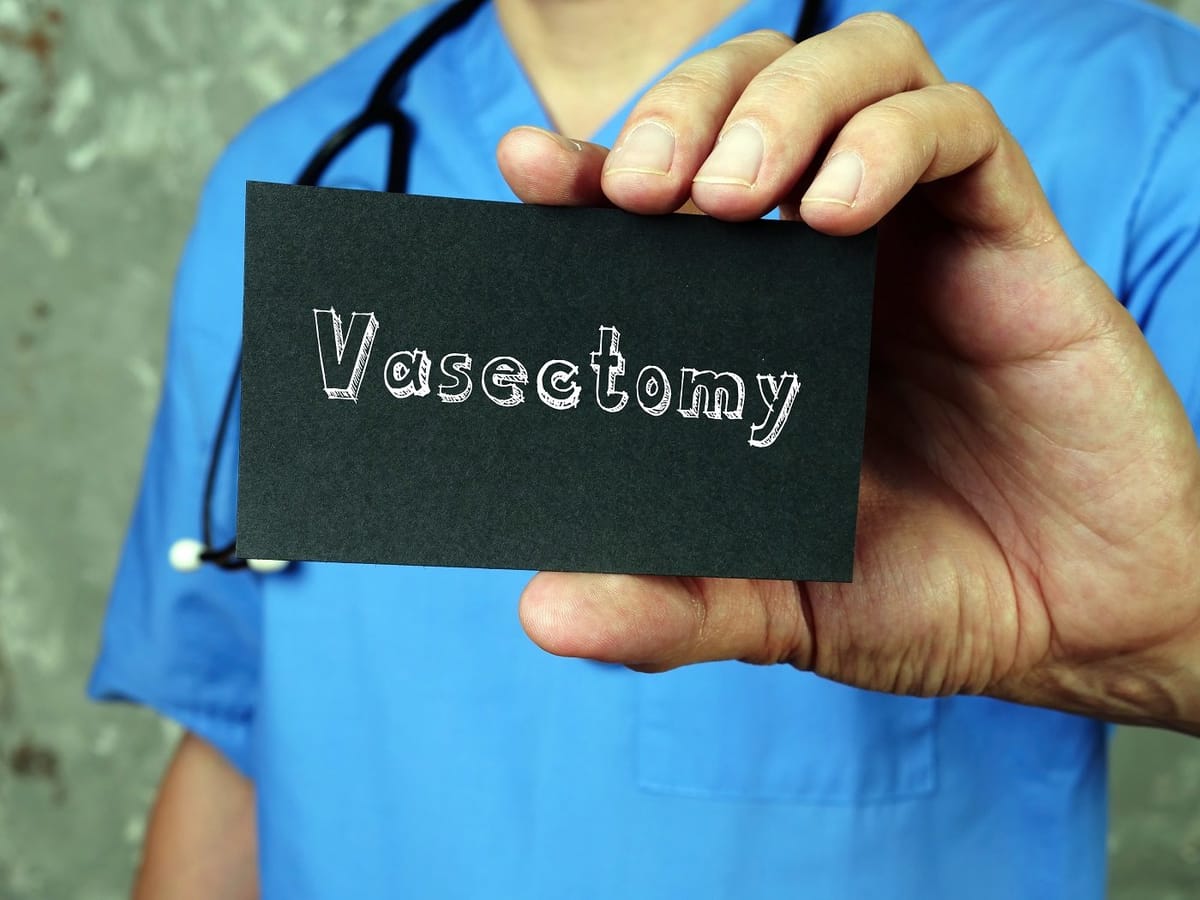The Guide on Reversal Vasectomy | Things You Should Know
Body

A vasectomy is a popular form of male contraception that involves cutting or sealing the vas deferens, the tubes that carry sperm from the testicles to the urethra. While vasectomy is considered a permanent form of contraception, some men may change their minds and wish to have children in the future. In such cases, a reversal vasectomy may be an option. In this article, we will explore the things you should know about reversal vasectomy.
What is a Reversal Vasectomy?
A reversal vasectomy is a surgical procedure that aims to restore fertility in men who have undergone a vasectomy. The procedure involves reconnecting the vas deferens, allowing sperm to once again flow from the testicles to the urethra.
Types of Reversal Vasectomy Procedures
There are two main types of reversal vasectomy procedures: vasovasostomy and vasoepididymostomy. Vasovasostomy involves reconnecting the cut ends of the vas deferens. This procedure is preferred if there is a good amount of healthy vas deferens remaining after the vasectomy. Vasoepididymostomy involves connecting the vas deferens directly to the epididymis, the tube where sperm mature. This procedure is used if there is a blockage in the vas deferens or if there are not enough healthy vas deferens remaining.
Success Rates
The success rate of reversal vasectomy varies depending on several factors, including the type of procedure performed, the length of time since the vasectomy, and the age and fertility of the partner. Generally, the success rate for vasovasostomy is higher than for vasoepididymostomy, with success rates ranging from 50% to 90%.
Time Since Vasectomy
The success rate of reversal vasectomy tends to decrease the longer it has been since the vasectomy. The best chance for success is within the first three to five years after the vasectomy. After that, the success rate begins to decline, with a significant decrease in success after ten years.
Risks and Complications
Like any surgical procedure, reversal vasectomy carries some risks and potential complications. These include bleeding, infection, swelling, and pain. In rare cases, the procedure may fail, requiring additional surgery. It is important to discuss the risks and potential complications with your surgeon before undergoing the procedure.
Recovery and Aftercare
Recovery from reversal vasectomy typically takes a few weeks. During this time, it is important to avoid strenuous activities and to rest as much as possible. Your surgeon will provide specific instructions on how to care for the surgical site and what activities to avoid.
It is important to note that a reversal vasectomy does not guarantee a pregnancy. It may take several months for sperm to return to the semen, and even then, pregnancy may not occur. It is important to discuss the chances of success with your surgeon and to be prepared for the possibility that the procedure may not be successful.
Conclusion
Reversal vasectomy is a surgical procedure that may be an option for men who have undergone a vasectomy and wish to restore their fertility. While the success rate varies depending on several factors, the procedure has a good chance of success if performed within the first few years after the vasectomy. It is important to discuss the risks and potential complications with your surgeon and to be prepared for the possibility that the procedure may not be successful.










Comments